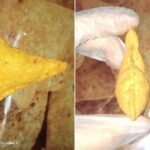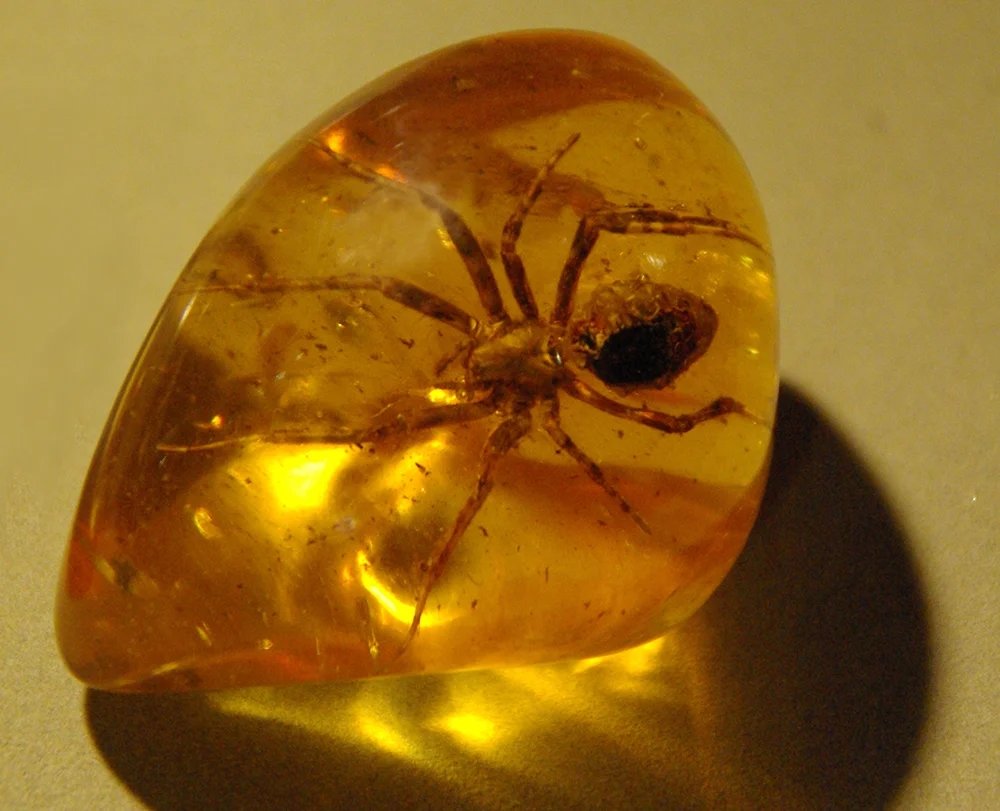What life was like on Earth many millions of years ago is a question that scientists have long sought to answer.
Amber is essentially fossilized tree resin, which has undergone tens of thousands to millions of years of physical and chemical changes.
Amber comes from tree sap, a sticky, red-toned liquid that oozes from trees that are diseased or have holes in their trunks.
When the tree secretes sap, the sap flows down in the direction of gravity, and if an insect or anything appears in the path of the sap’s downward flow, it will get stuck.
Over thousands or millions of years, water, or whatever exists in that drop of water, can be trapped and preserved, separated from the factors that cause it to decompose – like oxygen or organisms.
This experiment will study water samples from two amber blocks, one about 20 million years old, and one up to 99 million years old.
The 20 million year old amber is smaller in size, with only one water chamber;

Under a microscope, it can be seen that the water sample from the 20-million-year-old amber contains many very small objects, most likely pieces of plant stems, and cannot rule out the presence of bacteria.
A famous science fiction movie called The Jurassic Park used a material related to amber, which was a mosquito carrying the blood of a dinosaur preserved in amber 125.
Almost certainly, the answer is no!
Paleontologist David Peris once told Syfy Wire that DNA surviving for a long time in tree sap is very unbelievable, especially for a substance with such permeability.











